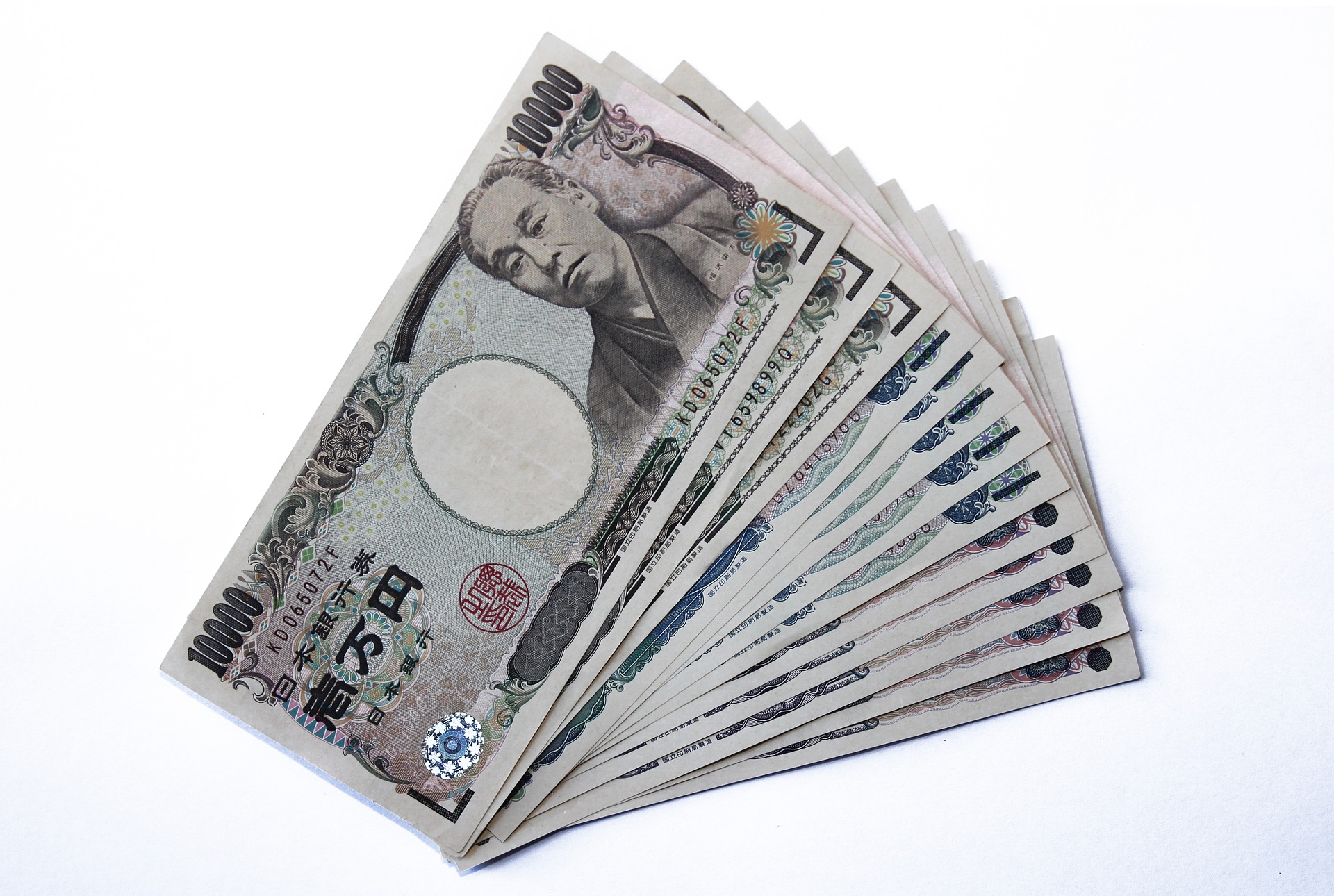US President Joe Biden will have talks with Russian President Putin to resolve the geopolitical crisis. The USD to Japanese Yen weakened 0.44% to 115.22.

Japanese Yen Weakens Ahead of Talks
The Japanese Yen gained strengthened with demand for the safe-haven currency increasing last week. The Russian intrusion into Eastern Ukraine caused panic within the stock and forex markets.
The USD/JPY currency pair gained strength, as investors preferred the safe-haven currency. The Dollar to Japanese Yen moved from 116.03 levels to 114.60 levels.
However, the forthcoming talks between US President Joe Biden with his counterpart resulted in the Yen pulling back from the 114.60 levels. It is trading at 114.91 on Tuesday, February 22, 2022.
Demand for Safe Haven Asset Japanese Yen
The demand for risky assets may increase as tensions escalate between the two countries. Investors prefer safe-haven assets like the Japanese Yen currency during times of risk. Risky assets such as commodities, forex currencies, and real estate are shunned during times of war, as prices show volatile movement.
Any geopolitical tension causes investors to rush towards safe-haven assets like gold and currencies like the Japanese Yen. The recent crisis between Russia and Ukraine has caused the Yen to strengthen. If talk between US President Joe Biden and Russian President Putin works out smoothly, the Yen may move to resistance at 115.50.
Japan Holds Loose Monetary Policy to Reach Inflation Target at 2%
Bank of Japan holds on to a loose monetary policy.
Bank of Japan keeps monetary policy ultra-loose. Japan’s central bank aims at achieving an inflation target of 2%. The bank has set low rates to support the economy and achieve its inflation target.
After years of deflation, the country sees a minor surge in prices. But, companies are not willing to hike costs or hike wages. However, global inflation makes imports costlier. Crude prices have gone up, and energy prices are the highest in 41 years. Fuel costs are hurting the fishing industry, driving seafood prices higher.
The Japanese are used to zero rates and low costs. The central bank is unable to bring up rates. Japan introduced quantitative easing to lift its economy many decades ago. Now, authorities are unable to introduce tapering of money. Bank lending year on year remains the same.
Japanese Governor Haruhiko Kuroda warns that economic recovery may be moderate. Tensions in Ukraine will hit the economy, he states.
Japanese Economy Improves
The Japanese economy improved as people started to move outdoors after restrictions came down. Businesses were back to normal, and consumer spending came up in the last quarter of 2021. The economy rose by 1.3% in the fourth quarter of 2021, signifying good improvement. It has been the first quarterly improvement since 2018.
Leading indicators have been good from 103.3% to 104.3%. Consumer confidence and initial jobless claims show a positive sign of growth. Household spending year on year has improved from -1.3% to -0.2%. The Japanese GDP grew by 1.3%, quarter on quarter in Q4 2021 from previous data at -0.9%. The economy rebounds with higher household consumption and good business investments.
Exports recovered 1% from the previous data at -0.3%. Imports have come down from -0.9% to 0.3%.
Economic Watchers Sentiment has come down from 56.4 to 37.9. Industrial production month on month remains the same at -1.0%.
Final manufacturing PMI shows good reports at 56.6 from 55.4. However, the new Omicron variant is affecting the manufacturing sector.
The Biden administration signed a new deal with Japan to stop a 25% levy on its steel imports. A free tariff for EU steel exports was signed on January 1. The tariffs imposed during the Trump regime are rolled back by the Biden regime.
Omicron Variant
But fear of the new Omicron variant looms. The new virus disrupted the manufacturing sector. But Omicron is less virulent than the previous one, say health authorities.
Almost 80% of the people received vaccination bringing progress in domestic growth. With easing in lockdown restrictions, businesses are reopening, and the unemployment rate has come down from 2.8% to 2.7%. Household spending is improving, and people are moving outdoors.
However, import costs have gone up, and restaurant prices have also surged, especially seafood prices.
GBP/JPY Gains Support at 155.60
British Pound to Japanese Yen gained support at 155.60. The GBP/JPY currency pair is trading at 156.23 on Tuesday, February 22, 2020.
The demand for safe-haven assets brought down prices of the Japanese Yen. A major war may be averted if talks between political heads strike the right chord.
The Northern Ireland protocol is a major issue to be resolved in the Brexit agreement.
The US Dollar is back at the 96.00 mark. The demand for the greenback has come down as geopolitical tension now depends on talks this week.